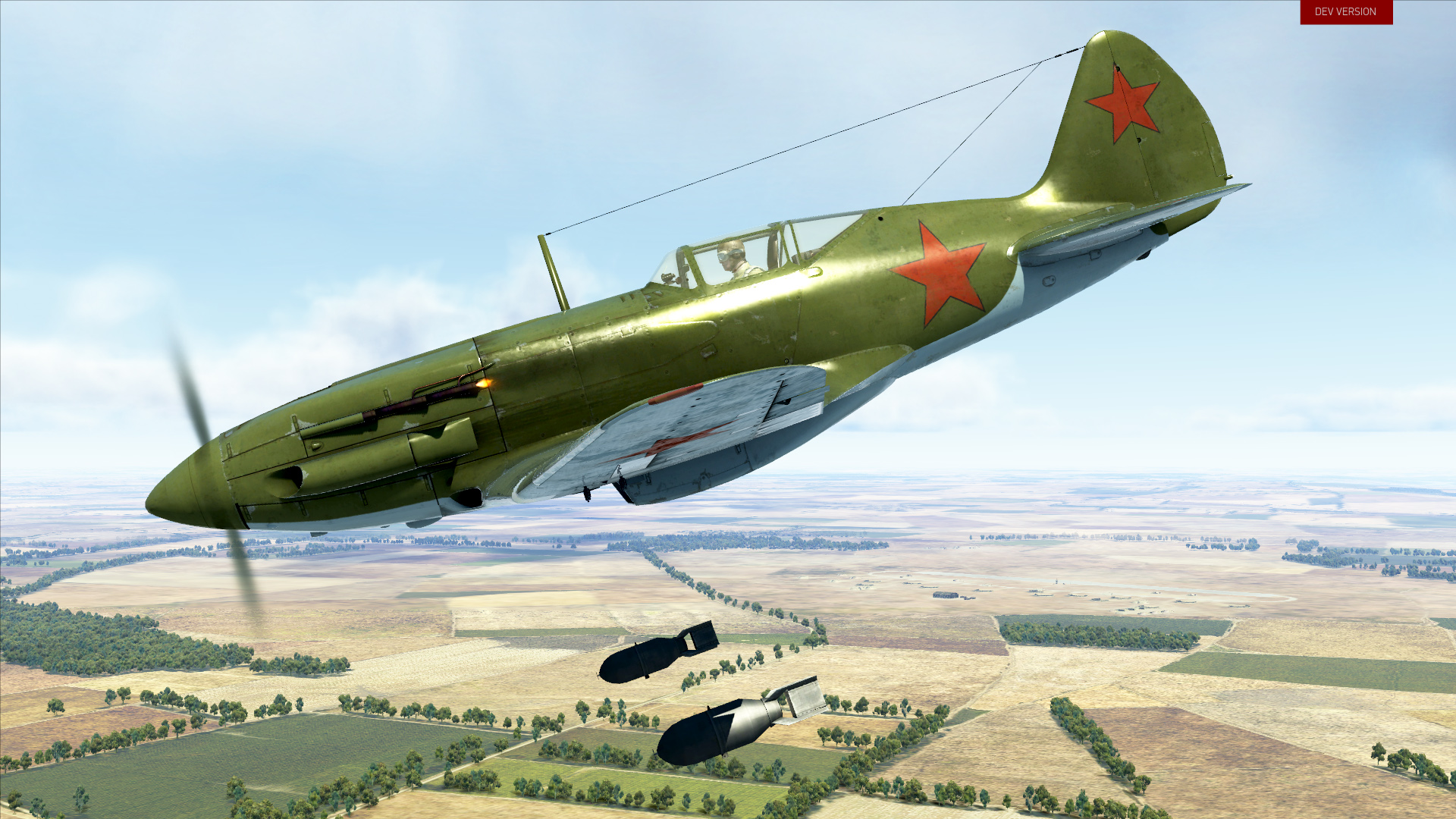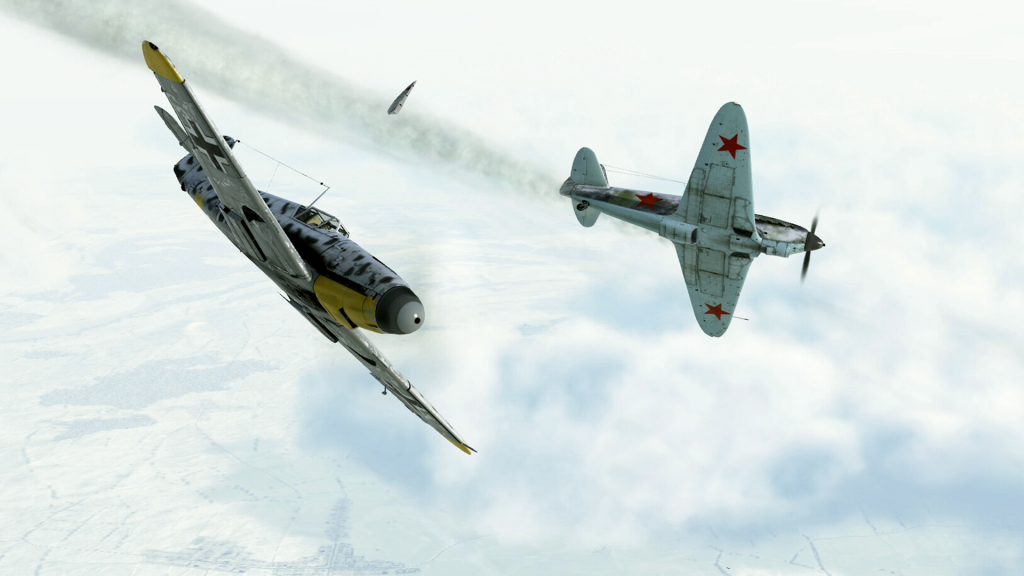

The success of the train station mission and others like it, executed with considerable heroism by the Sturmovik pilots, prompted Soviet Premier Josef Stalin to issue an order calling for the continued attack of trains and convoys to disrupt German preparations for the upcoming Battle of Kursk, the famed tank battle that led to a near continuous German backpedaling toward Berlin over the next 2 1/2 years in the face of growing Soviet military prowess. The aircraft also could carry upward of 216 bottles of incendiary liquid, which proved effective against armor and flak batteries as well. However, they did prove particularly destructive, especially when fired in volleys from several planes. The rockets, especially the RS-132s, were powerful but were not overly accurate. By the midway point in World War II, the planes came equipped with two 37mm cannons, two 7.62mm machine guns, one 12.7mm Berezin machine gun for the rear-facing gunner, and up to 1,300 pounds of bombs or a number of deadly RS-82 or RS-132 rockets. The Ilyushin Il-2 was built for business and could deal deadly blows to ground-based forces and equipment, even when located in hardened bunkers. IL-2s were produced in greater numbers than any other aircraft of World War II. Those who were on the receiving end of an attack by an Ilyushin Il-2 Sturmovik nicknamed the aircraft the Butcher, Meat Grinder, and Slaughterer. The tracks themselves were so badly damaged that they could not be readily repaired, and many stranded trains were captured by the advancing Red Army.
IL 2 STURMOVIK BATTLE OF STALINGRAD ALL PLANES LISTED SERIES
A series of deafening explosions rocked the four trains that sat exposed on the tracks, and a large black plume rose high into the sky as the station itself was obstructed from view in the wake of the destructive attack.Īll four trains were destroyed by just the two Soviet “Storm Birds,” with a substantial loss of German personnel, fuel, tanks, and ammunition vital to the continued war effort. The Germans scrambled that January 26, 1943, but it was too late. For example, as the Battle of Stalingrad was nearing its fateful conclusion, two feared Soviet Sturmovik ground attack planes appeared over the crucial German-held train station at Malorossiyskaya to the south in the Tikhoretsk region. The Ilyushin Il-2 Sturmovik proved deadly throughout the war. Before the war was over he had flown 92 sorties on the Eastern Front, was proclaimed a Hero of the Soviet Union, and had been shot down three times with the sturdy, armor hardened plane saving his life in each brush with death. That would not be Emelianenko’s last brush with death flying a famed “Ilyusha,” the feminine nickname the Soviet pilots affectionately gave their stout attack aircraft. It took the pilot more than two harrowing hours to crawl some 200 yards from the plane and to the safety of a Soviet comrade who had carefully edged forward to rescue the downed veteran. The enemy soldiers seemed almost to be toying with him, firing anytime he moved yet not advancing or showing themselves. There was another burst, and when that ended Emelianenko jumped from the cockpit and fell flat on the ground as German machine pistols opened up. He looked about to get his bearings as a burst of machine-gun fire struck the plane’s heavy armor plating. He was miraculously still alert as the dust settled around him. The engine finally seized up, and Emelianenko released the robust landing gear and came roaring down on the rocky soil at more than 60 miles per hour. The pilot skimmed the terrain, and every spin of the propeller pulled him ever closer to the safety of the Soviet lines. The experienced pilot knew he had five minutes at best before the engine seized as he frantically maneuvered toward the safety of the Soviet lines. The oil pressure plummeted toward zero, and the water temperature soared. His wingmen dropped their granular phosphorous, which spread the flames that roared even higher into the sky.Įmelianenko worked desperately to pull his plane above the wall of tall pines located beyond the airfield, but the plane was hit in the engine. Emelianenko’s machine guns then erupted, and the bombers caught fire. He worked swiftly, straightening the plane and firing a salvo of rockets into the parked enemy aircraft. Emelianenko had lowered the nose of his plane for the attack when he heard a deafening sound and the craft jolted suddenly as a large hole burst open in his right wing.

The Il-2 planes banked slightly to rise above the hill to their front, and the ground gave way as they spotted two rows of German bombers lined up neatly on the airfield ahead. Vasily Emelianenko led an Ilyushin Il-2 Sturmovik, or “Storm Bird,” flight in late June 1942 against a German-held airfield near Artemovsk in eastern Ukraine, flying low up a deep ravine to avoid detection.


 0 kommentar(er)
0 kommentar(er)
